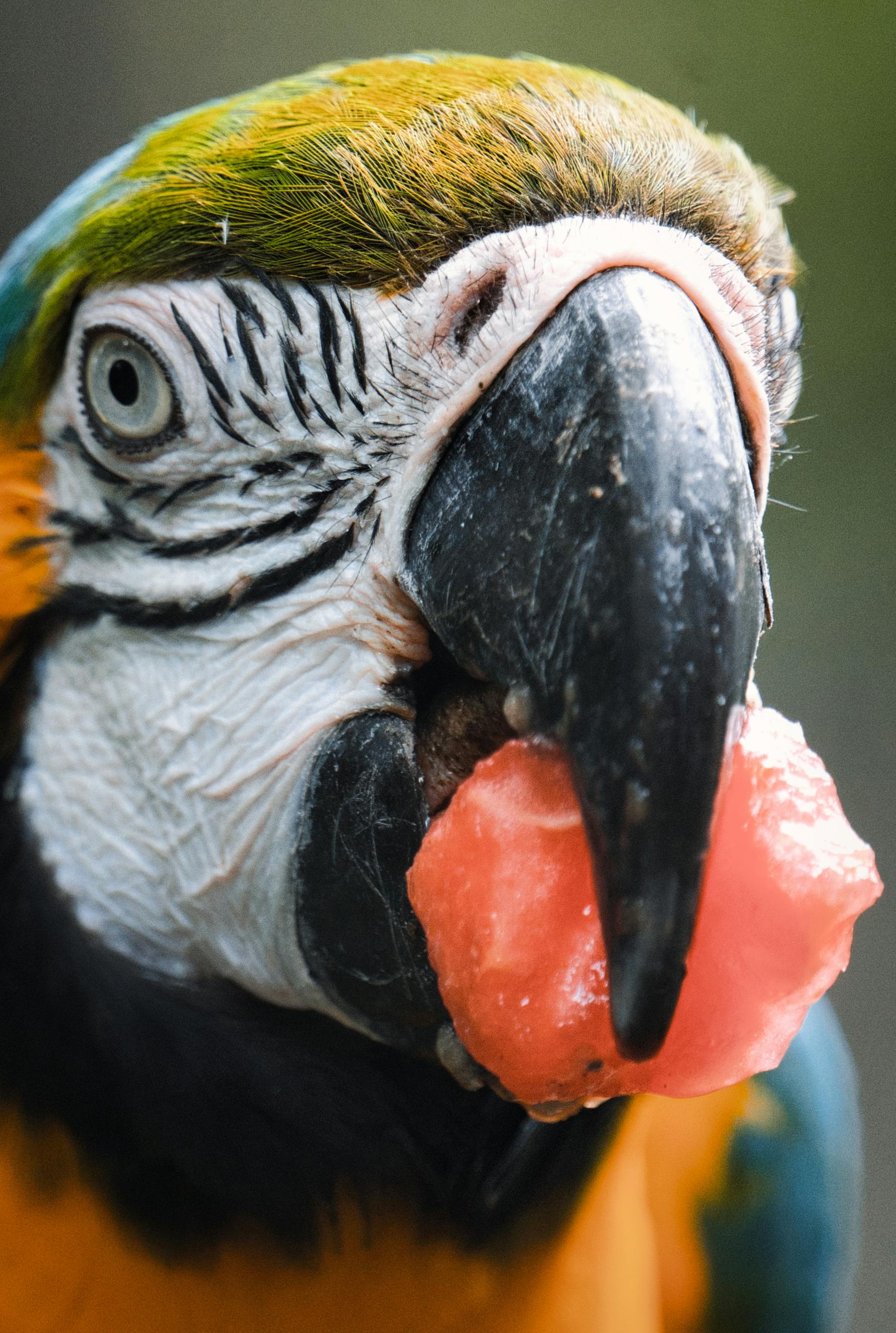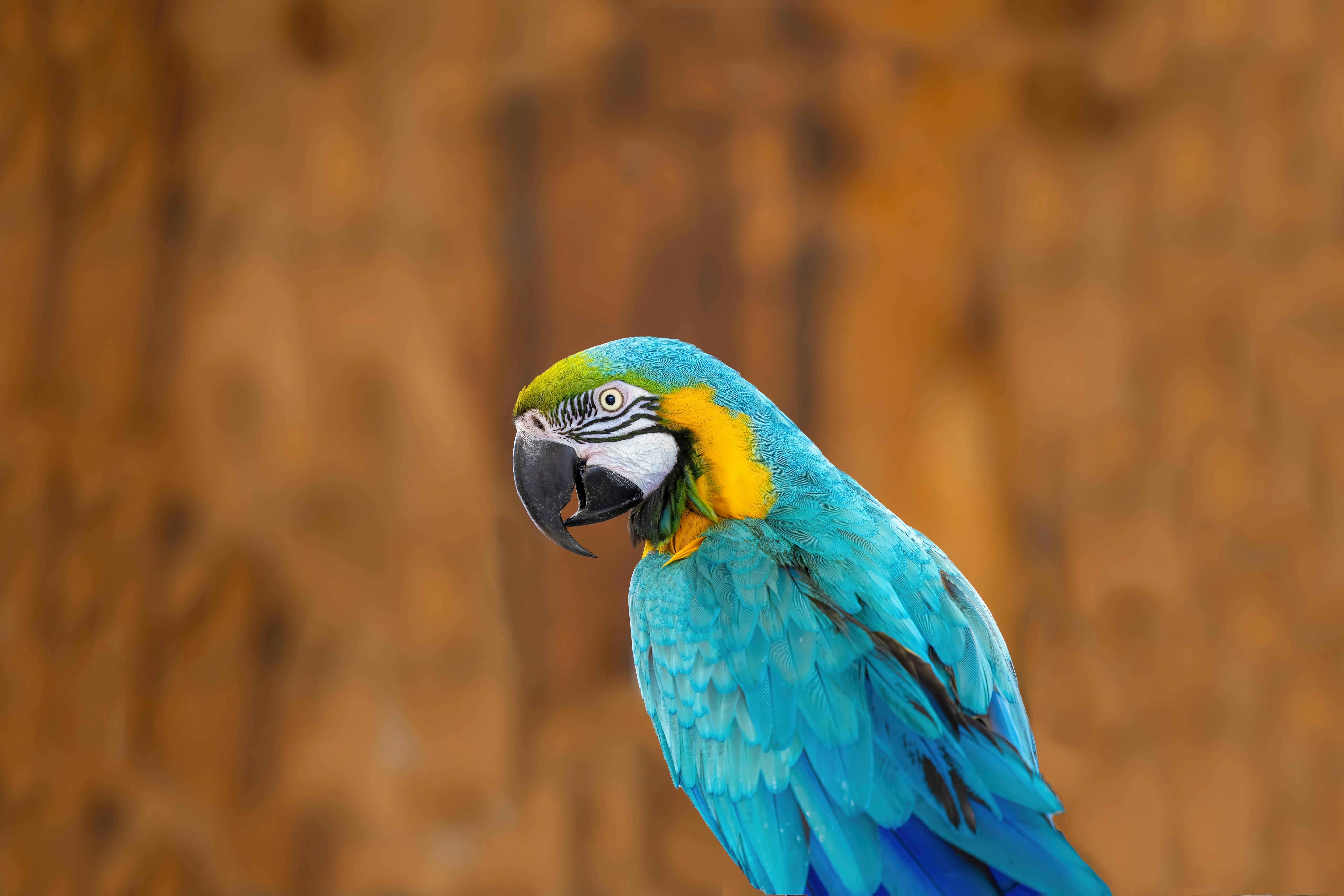Best 5 Catfish for Your Aquarium in 2025
As aquarists look to enhance their tanks with captivating aquatic life, catfish stand out for their unique behaviors and compatibility with various aquatic environments. This article will explore the best catfish species for your aquarium in 2025, providing insights into their care, compatibility, and how they can enrich your underwater landscape. Understanding these wonderful fish can greatly enhance your aquarium experience, especially for those just starting their fish-keeping journey.
In this guide, we will cover the top 5 catfish varieties, practical tips for their care, tank requirements, and the ideal conditions to promote their growth and health. With proper information, you'll be prepared to create a thriving habitat for your chosen catfish species, ensuring a picturesque and vibrant aquarium.
Let's dive into the world of aquarium catfish and discover the best options available for your tank this year!
Essential Characteristics of Freshwater Catfish
Before diving into specific catfish species, it's crucial to understand what makes freshwater catfish unique and desirable for home aquariums. Their adaptability, size variety, and distinct behaviors make them a staple in many setups.
Variety of Catfish Species
Freshwater catfish come in numerous species catering to various aquarist preferences, from small species like the Neon Catfish to larger varieties such as the Red Tail Catfish. Selecting the right species involves considering factors such as tank size, fish compatibility, and the specific needs of each type.
Catfish Behavior in the Aquarium
Understanding catfish behavior is essential for creating a suitable environment. Many catfish are nocturnal and prefer to stay hidden during the day, while others may exhibit more active behavior. This can influence how you decorate your tank, regarding both plants and hiding spots.
Feeding Habits and Catfish Care
Feeding catfish requires knowledge about their diets. Most freshwater catfish are omnivorous, thriving on a mixed diet of pellets, flakes, and occasional treats such as bloodworms. Regular feedings at scheduled intervals are important for maintaining their health.
Common Problems and Solutions
Like all fish, catfish can encounter various issues such as diseases or stress from water quality changes. Regular monitoring and maintaining proper tank conditions—such as pH levels and water hardness—are critical for preventing problems and ensuring a healthy habitat.
With foundational knowledge about catfish established, we can now look closely at the best species for your aquarium in 2025.
Top 5 Catfish Species for Your Aquarium
Having understood the characteristics of freshwater catfish, it’s time to explore some of the best species suitable for your aquarium.
1. Corydoras Catfish
Corydoras catfish are one of the most popular choices among aquarists due to their peaceful nature and stunning appearance. They are perfect for community tanks and do well in groups, helping to keep the substrate clean while foraging for food. Their social behaviors make them a joy to observe.
2. Plecostomus
Plecostomus, or "plecos," are renowned for being effective algae eaters, making them beneficial for tank maintenance. They can grow quite large, so it is important to have sufficient tank space. Plecos thrive in well-planted aquariums with hiding spots.
3. Otocinclus Catfish
Otocinclus catfish are small, peaceful fish known for their algae-eating capabilities. They are ideal for smaller community tanks and require a planted environment with plenty of grazing surfaces. Their gentle nature and tiny size make them a harmonious addition to many aquariums.
4. Bristlenose Pleco
This smaller variant of the plecos, Bristlenose Plecos are excellent for beginners, as they are hardy and require less space while still performing algae maintenance. Their unique bristles on the males make them particularly interesting to observe.
5. Zebra Catfish
Zebra catfish not only provide visual interest with their striking stripes, but they are also known for their social behavior. Best kept in schools, they thrive in established tanks with stable water quality, making them a preferred choice for many tropical aquarists.
With these catfish options, you can enrich your aquarium and keep them healthy and flourishing. However, choosing the right species is just the start.
Creating the Ideal Aquarium Setup for Catfish
With the right catfish species selected, the next step is ensuring an optimal environment for them to thrive. Factors such as tank size, layout, and water conditions play a pivotal role.
Tank Size Requirements
Each species of catfish has specific tank size requirements. Corydoras, for example, can do well in a 20-gallon tank while larger species like the Plecostomus may require at least 75 gallons. Ensuring adequate space will help prevent stress and territorial disputes.
Filtration and Water Quality
Adequate filtration is essential to maintain water quality. Catfish can produce a lot of waste, so using a quality filter and performing regular water changes will help keep the ammonia and nitrate levels manageable. The ideal water parameters for most catfish include a pH of 6.5-7.5 and a temperature around 74-78°F.
Decor and Planting Strategies
Providing hiding spots through rocks, driftwood, and dense vegetation is important for the well-being of catfish. They appreciate a well-planted tank, as it mimics their natural habitat and gives them a sense of security.
Tank Mates for Catfish
While catfish can be compatible with several fish species, avoiding fin-nippers or overly aggressive fish is wise. Good tank mates include peaceful varieties like guppies or tetras and other bottom dwellers that match in temperament.
Utilizing these setup tips will be essential for a healthy catfish community tank. Once you have your tank established, it's crucial to focus on ongoing care and maintenance.
Tips for Catfish Care and Maintenance
Caring for catfish involves understanding their specific needs in terms of food, environment, and health monitoring. Regular maintenance is key to a thriving aquarium.
Feeding Catfish
Understanding the feeding habits of your catfish species is essential for their health. Aim for a balanced diet with high-quality pellets, sinking wafers, and vegetative matter like zucchini or algae wafers to keep diet varied.
Monitoring Health and Behavior
Regular health check-ups should include observations of behavior, feeding habits, and physical appearance. Watch out for signs of stress, such as rapid gill movement or erratic swimming patterns, which can indicate water quality issues.
Common Health Issues
Common diseases such as ich or fin rot can affect catfish. Regular monitoring and immediate action, such as adjusting water conditions or quarantining sick fish, are essential in preventing outbreaks. Familiarization with common catfish problems will help keep your fish healthy.
Cleaning Your Catfish Tank
Regular cleaning is crucial for maintaining optimal water quality. Using a gravel vacuum during water changes, along with cleaning algae from surfaces, will prevent harmful buildups. Establishing a consistent cleaning schedule will help control waste and maintain crystal-clear water.
By implementing proper care techniques, you can ensure that your catfish thrive in their environment, resulting in a beautiful and successful aquarium. As you continue to care for your catfish, preparation for future breeding or potential expansion may also become a consideration.
Breeding Catfish: Understanding the Process
For aquarists interested in breeding their catfish, understanding the breeding habits and requirements is vital. Many species exhibit distinct breeding behaviors that make them fascinating to observe.
Setup for Breeding Catfish
Preparing a separate breeding tank is often beneficial, ensuring the fish can reproduce without disturbance. This tank should have a specific setup to mimic their natural breeding conditions.
Catfish Breeding Habits
Corydoras, for example, engage in group spawning when they lay their eggs on surfaces. Observing these behaviors can be an exciting experience, as many aquarists enjoy the process of hatching and raising young fish.
Feeding Expectations During Breeding
Increased dietary requirements are common during breeding. Providing high-quality live food or high-protein diets will help ensure the health of both adults and fry.
Record Keeping and Monitoring Growth
Maintaining records during the breeding process is crucial. Monitor growth rates and health conditions of the fry until they are large enough to be introduced to the community tank.
Overall, breeding can be a rewarding experience and contribute to sustainable practices in fish keeping.
Final Thoughts on Catfish Care
Choosing the right catfish for your aquarium involves more than just picking a species; it requires knowledge of their care, tank requirements, compatibility, and even breeding habits. Understanding these aspects fosters not only a successful environment but also enhances your experience as an aquarist. Whether you opt for peaceful Corydoras or vibrant Plecostomus, each catfish variety offers a unique charm to your aquarium.
Always remember to prioritize their care and monitor tank conditions closely. With practical tips and insights covered in this article, you're now equipped to create a stunning and healthy aquatic landscape that showcases the beauty of these mesmerizing fish.
 example.com/image2.png
example.com/image2.png
 example.com/image3.png
example.com/image3.png 